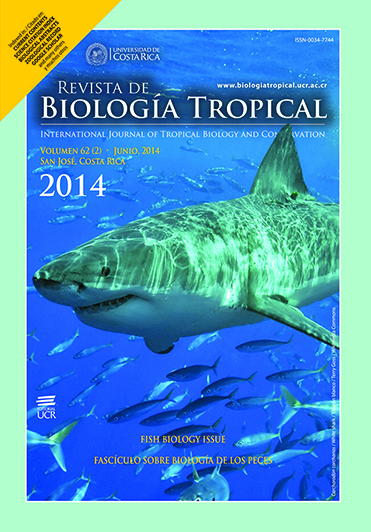Abstract
Anadenanthera colubrina var. cebil is an important tree species for its cultural, economic, and medicinal uses in South America. In order to characterize A. colubrina populations, we collected fruits from four different sites (San Bernardo, El Cebilar, Metán and El Gallinato) within the species distribution area in Salta Province, Northwestern Argentina. For this, a total of 75 fruits and seeds per site were collected and described using morphological (fruits size and weight; seed weight and number per fruit) and genetic descriptors (ribosomic DNA extraction and PCR; nucleotide alignment and phylogenetic analysis) with standard protocols. Our results showed that the San Bernardo population had the heaviest fruits and seeds (7.89±0.2g and 0.19±0.002, respectively), and the Cebilar population the lightest (6.25±0.18g and 0.15±0.002g, respectively). Fruits and seeds from Metán and El Gallinato showed similar and intermediate values. The proportion of viable (39 to 49%) and aborted (43 to 57%) seeds was similar among populations, while the proportion of predated seeds was different (1.7 to 57%). The genetic analysis showed variability of ITS sequences within the especies, and also when compared with the same Brazilian species. Both, morphologic and genetic descriptors showed a high level of similarity between San Bernardo and Metán, and between El Cebilar and El Gallinato populations. Further studies are needed to assess levels of phenotypic and genetic variability within and between populations of different plant species, since this information is crucial for biodiversity and germplasm long-term conservation.
Comments

This work is licensed under a Creative Commons Attribution 4.0 International License.
Copyright (c) 2014 Revista de Biología Tropical






